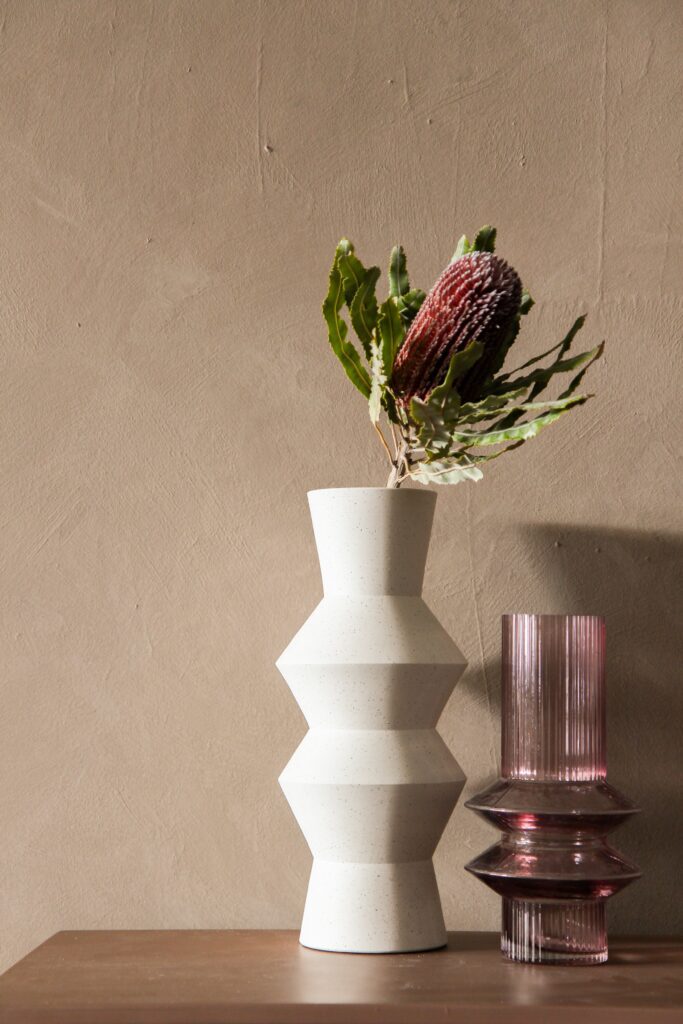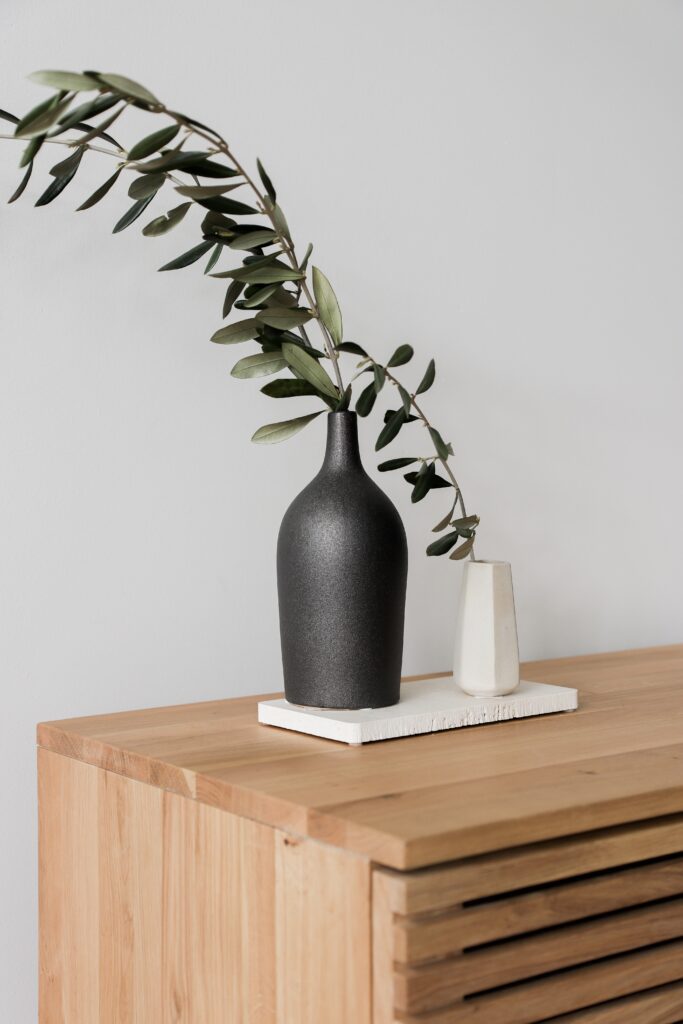Karl Smith
If you spend any time on social media — and let’s face it, we all do — you’ve probably noticed an uptick in the number of posts featuring chairs, rugs, ceramics, prints, and the whole rest of the homeware gamut.
Of course, there’s an easy two-fold explanation: first of all, no one has been anywhere for the better part of a year — the usual hot dog legs, airplane wings, and aesthetically pleasing restaurant food have, necessarily, all-but disappeared.
Secondly, specifically because no one has been anywhere, people have been doing everything they can to make the places they’ve been stuck just that little bit more bearable. The same four walls don’t have to look like the same four walls, after all.
But it’s not just an Instagram phenomen: there’s real-word implications too — a measurable increase in sales of homeware, which have seen even just the scented candle market explode by 536%. Yes. dissonance between “real-life” and social media is a genuine problem, but sometimes — every once in a blue moon — the two align, and Instagram really is a reflection of the real world.
But, then, as Coronavirus restrictions — hopefully, at least — begin to ease, does that mean those sales will drop and those images will begin to disappear from our feeds?

The short answer, honestly, is no one really knows — just like no one really knows anything right now, with rules and regulations changing from one moment to the next. But, of course, we can still make predictions. Because we all need something to look forward to, don’t we?
So, with that in mind, and the caveat that this may well age badly, let me go out on a limb and say that, actually, this is just the beginning. That Coronavirus has been more of a catalyst than the root cause — a further nudge in a direction we were already taking.
What this means, in real terms, is that Covid-related stay at home orders have reacquainted us — perhaps even more than we’d like — with an environment we were previously kept from by long-forgotten activities like commuting or holidays. Or just going to the shops.
We’ve been reintroduced to our homes as places that we don’t just sleep but actually spend any meaningful time — somewhere that we actually live. And with those changes in circumstances comes a change in desire: when what we’re getting from our homes changes then so, inevitably, does what we want from them.
Without an imperative to get up and get out as quickly as possible each and every day, we have more time to look around — to think about how our times reflect us, as people, and, in turn, how the way we’ve chosen to decorate affects our own moods by osmosis. How one reflects the other and, again, reflects the other back. It’s an infinite system of aesthetic and emotional mirrors — and we’ve been given the chance to decide what they show us.
More than this though, there are other tangible factors at play: bricks, mortar, and the ways in which a whole generation have had access to owning them denied. That is to say, Millennials just don’t own houses the way that previous generations did — or, not to be too morbid, at least not yet, anyway.

Millions of renters, forbidden from things as seemingly innocuous as painting or putting up shelves, have to work with what they’ve got — or, more accurately, unable to work with what they’ve got, all they can do is embellish and accessorise.
For these people, lockdown has been both a cruel reminder of the tenuous limits of their home environment and a change to see just how far those limits can be pushed.
There’s no reason to assume that, just because lockdown is coming to an end, these other factors will change. We’ve seen too much — given too much of our time and our effort to redressing the balance somehow and it’s not going to even out of its accord any time soon.
In short: There’s a lot more shelfies where these came from.